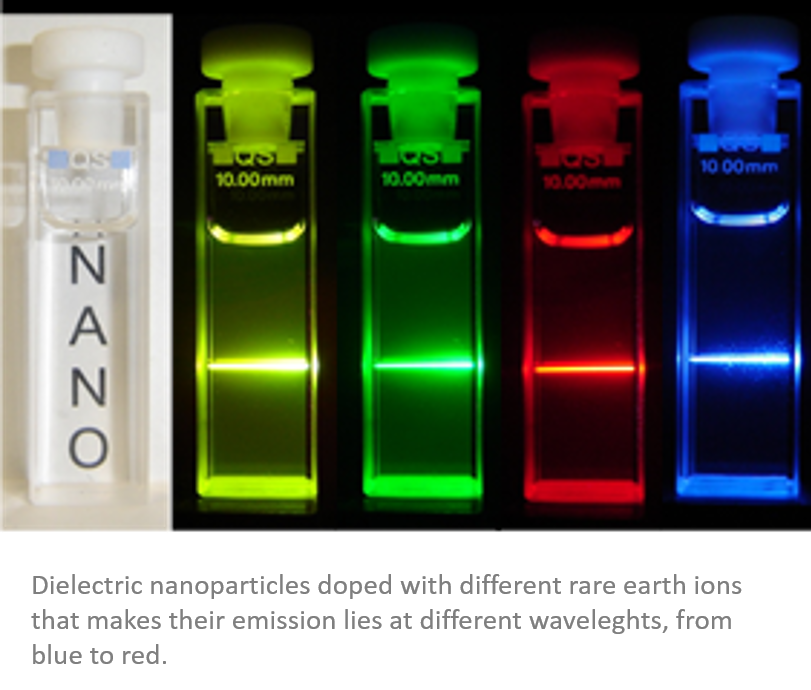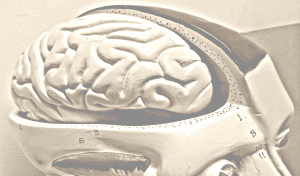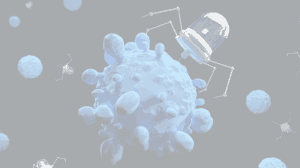When fighting diseases medicine science faces a key challenge; early detection what is crucial in their treatment.
Nowadays, in cancer detection, for instance, several thousands of tumoral cells are needed to be able to detect the existence of a problem.
Here it is where, thanks to multidisciplinary teams formed by physicians, biologist, chemist and physicist make it possible to research new alternatives to the traditional diagnosis methods.
One of these new techniques is based in nanoparticles usage as fluorescent markers. The size of these particles, a millionth part of a centimetre, make them much smaller than an animal cell, having a similar size of proteins or even viruses.
However, to use these nanoparticles as disease detectors is really important that light emission lies among its qualities, moreover, not any kind of light. It would be crucial that the nanoparticles are capable of absorb and emit light in the infrared. It is in the infrared where there is a “biological window”. An electromagnetic region where the animal tissues are transparent. Light contained in this region can go through bigger thickness of animal tissues, even some centimetres.

It is here where the chemistry engineering takes place, looking for new materials that make it possible to absorb and emit light in these regions of the electromagnetic spectra, creating different kinds of nanoparticles. Nowadays there is a great variety of nanoparticles that achieve this important requirement, among those we can highlight nanoparticles made with electric insulator materials doped with rare earth ions.
The presence of rare ions is really interesting as their luminescent properties are not affected by the nanoparticle size and also they are less sensible to changes in the nanoparticle environment as pH changes in the cell. However, those are really sensible to changes in temperature.
This temperature sensibility make these nanoparticles highly interesting. Thank to this property the nanoparticles can not only be used as fluorescence markets to show the presence of any kind of disease, but also they can be used as nanothermometers, showing the temperature of the tissue where they are located.
The real applications of this kind of nanoparticles are dependent on the correct and exhaustive characterization of them, providing special attention to its luminescent properties.
This is the area where physicist work. We study the spectral response of the dielectric nanoparticles under different light sources and laser power. We also study how the luminescence of the nanoparticles is affected by changes in their environment and who the temperature can affect their spectral response. Furthermore we try how this nanoparticles behave in live cells and phantom animal tissues getting into the conclusions that make it possible to use this kind of nanoparticles in animal therapies.
Some years of study and technical development are still needed before being able to apply these procedures in humans. However, the use of nanoparticles in early tumoral or cancer diagnosis is probably an essential tool that will allow us to desing better and more effective therapies.
By Dr Laura Martinez Maestro. Department of Physics. University of Oxford, UK.






